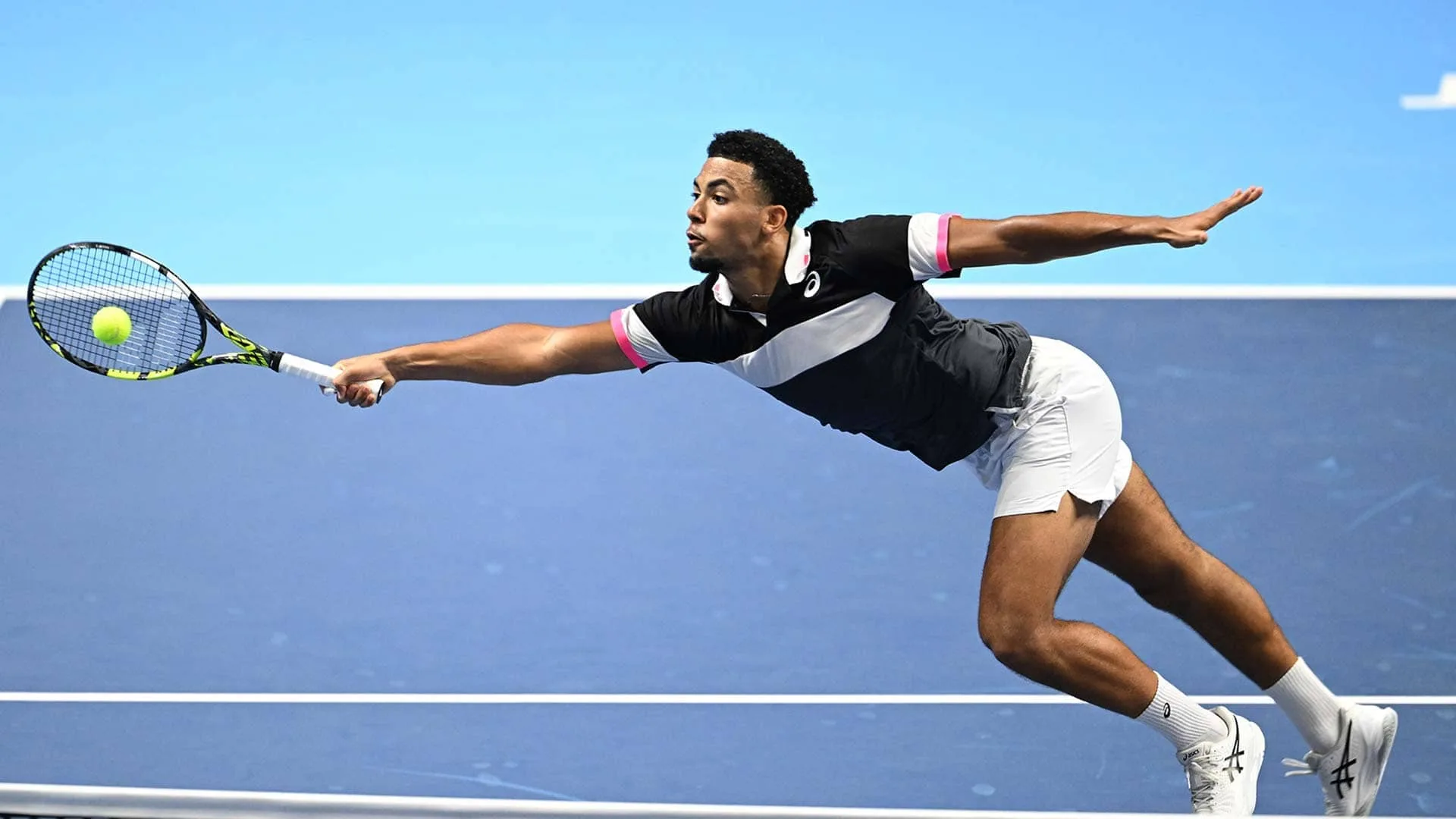This week in the world of sports science, here’s what happened…
- The best time to take vitamin D?
- Don Meyer’s T.E.A.M.S. acronym
- Change of direction requirements for elite tennis players
The best time to take vitamin D?

An insightful article about the timing of vitamin D supplement intake was recently published by EatingWell. The article features the views of Roxana Ehsani, a sports dietician, and Dr. David Davidson. Vitamin D plays an important role in various functions of the human body, including supporting the immune system, aiding in calcium absorption, and supporting muscle and nerve function. While sunlight is the primary source of vitamin D, it is difficult to obtain the recommended daily amount through diet alone, especially in areas with limited sunlight. Therefore, many individuals choose to include a vitamin D supplement in their diet.
According to the experts, there is no ideal time to take vitamin D. They suggest taking it at a time that is most convenient for an individual. However, they recommend choosing a vitamin D3 supplement over a D2 supplement. Vitamin D3 is more bioavailable than D2 and is more efficiently utilized by the human body.
For optimal absorption, they suggest taking vitamin D supplements with a meal containing healthy fats. As vitamin D is a fat-soluble vitamin, taking it with healthy fats can enhance the body’s ability to absorb it.
If you want a more detailed version of these findings, I highly recommend reading the article.
Don Meyer’s T.E.A.M.S. acronym

Last week, Professor Adam Nicholls posted on LinkedIn about legendary late basketball coach Don Meyer. In his post, he shared a video where Meyer talks about his T.E.A.M.S. acronym which stands for toughness, effort, attitude, motives, and servant leaders.
Meyer explains the importance of traits like toughness, effort, attitude, and having the right motives, which he believes help in developing “servant leaders” who are capable of handling life’s challenges. This provides a fascinating insight into Meyer’s approach to building a team culture.
In his post, Nicholls breaks down Meyer’s T.E.A.M.S. acronym and provides scientific evidence that supports the effectiveness of Meyer’s approach. This post is an excellent blend of modern scientific evidence and historical coaching practices that can help you develop a strong team culture.
If you’re interested in building a strong team culture, then this post is definitely worth checking out.
Change of direction requirements for elite tennis players

An exciting study was recently published in The Journal of Strength and Conditioning Research. The study used data from the Australian Open Grand Slam to measure the change of direction movement requirements in elite tennis. Data from 182 matches and an extraordinary 120,000 change of directions were analysed!
The results showed that players had an average of 1.6 direction changes per point and covered an average of 4.8 meters per change of direction. Males tended to play at a higher intensity with a change of direction required every 2.7 seconds compared to 3.1 seconds for females. Notably, most direction changes were classified as medium intensity by the researchers (88-94%) and the majority involved a degree change greater than 105°.
This study claims to be the first to use a change of direction classification algorithm to examine the velocity and angular displacement profiles of changes of direction movements in modern elite tennis players. If you are a member of the support team of an elite tennis player, this study is worth checking out and may help with the specificity of tennis conditioning training.
From us this week:
>> New course: Deliberate Practice
>> New podcast: Eat Like An International Rugby Player
>> New infographic: Do Stronger And Faster Athletes Have A Reduced Risk Of Injury?
>> New article: 15 Best Barbells For Home Gyms
Access to a growing library of sports science courses
SFS Academy is an all-access membership to premium sports science education.
With SFS Academy, you’ll learn from some of the best coaches around the world as they teach you how to apply the latest research and practice with your athletes.




